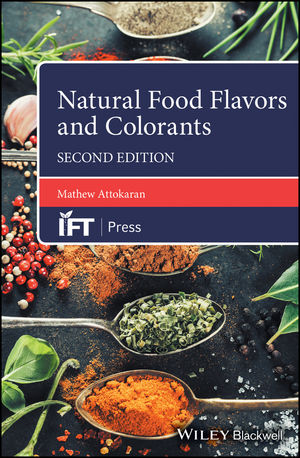Snack Food & Wholesale Bakery was recently able to talk to Jamie Mavec, marketing manager, Cargill Global Edible Oil Solutions, Minneapolis, as well as Sonia Punwani, global bakery leader, about Cargill's most recent FATitudes study on oils.
Liz Parker: How have the numbers in the FATitudes study changed from previous years?
Jamie Mavec: We’ve done the FATitudes survey in the U.S. since 2013. Now, for the first time, we’ve expanded the study to include about 6600 primary grocery shoppers in 12 different countries around the globe.
As for U.S. information, the number of consumers who say they pay extremely close attention or close attention to fats and oils when purchasing packaged foods is up slightly since 2013 at 56 percent vs. 53 percent. However, those numbers have bounced around a bit over the years.
Other U.S. trend data includes:
- When asked “How would these claims impact your likelihood to purchase the product?”…Reduced fat, low fat and no fat claims increased impact on purchase from each of the previous two years’ surveys;
- Health perception associated with low saturated fats has stayed fairly consistent since 2013; and
- Consumers reported higher awareness of the benefits of omega-3s, and a heart health benefit surpassed a general benefit for the first time.
LP: How have consumer preferences shaped or will continue to shape the future of food innovation?
Sonia Punwani: This survey provides insights on consumers’ awareness, perceptions and behaviors around fats and oils found in packaged foods, and helps to inform the future of food innovation. Consumer insights help us innovate in ways that balance societal pressures with individual preferences to create more healthful, sustainable and cost-effective products.
We think these findings are particularly relevant now given that packaged food consumption has risen during the pandemic. We conduct this research because it provides a guidepost for us and our customers on food innovation. It helps guide our thinking on whether to revitalize tried-and-true products or develop a new frying oil to adapt to changing tastes and health options. To address the trends, we offer a broad portfolio of fat and oil solutions, including our Clear Valley line, which has a canola-based product with lower saturated fat.
LP: What have been some packaged foods trends from 2019 to 2020?
JM: As noted in question 1, the survey has been conducted in the U.S. in 2013-2019, and globally, for the first time, in 2019. Our 2020 U.S. FATitudes survey will be conducted this summer.
Some packaged food trends among U.S. consumers in the latest research include:
- 51 percent of U.S. shoppers pay close attention to the type of oil and amount of fat in potato chips they purchase; a slight increase from the 50 percent of shoppers who reported doing so in 2018;
- 44 percent of U.S. shoppers pay close attention to the type of oil and amount of fat in cookies they purchase; a slight decrease from 45 percent in 2018; and
- 44 percent of U.S. shoppers pay close attention to the type of oil and amount of fat in granola bars they purchase; a two percent increase from the 42 percent who reported doing so in 2018.
LP: How have consumers been influenced by claims on packaged foods?
JM: A majority of global consumers report the amount of fat (70 percent) and type of oil (67 percent) are important factors when determining which packaged foods to purchase.
- Nearly two-thirds (61 percent) of U.S. consumers report avoiding certain fats or oils, and among those who are “clean-label seekers,” 83 percent report avoiding certain fats or oils, like saturated and trans fats.
- A vast majority of global consumers, 93 percent, were aware of omega-3s, which is an important nutrient with many health benefits some consumers don’t get through their typical diet.
Consumers influenced by claims on packaged food:
- Most consumers are checking labels for fat-related claims (fat-free, low fat, etc.) on packaged foods, and 54 percent say such a claim makes them more likely to purchase.
- Consumers in China (62 percent) and Brazil (61 percent) indicate they are more likely to purchase a product with a sustainability claim. Consumers in Russia (73 percent) indicate they are more likely to purchase a product with a non-GMO claim.
- In most countries, an organic certification on a label is more impactful on purchasing decisions versus a non-GMO verification.










